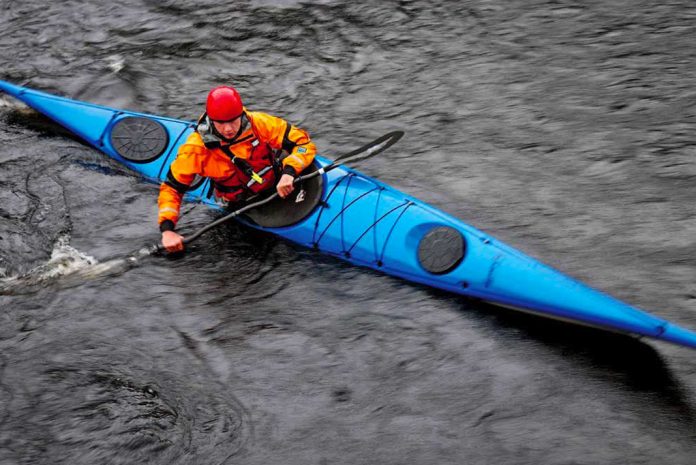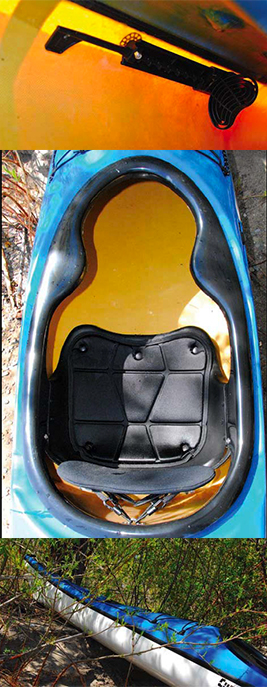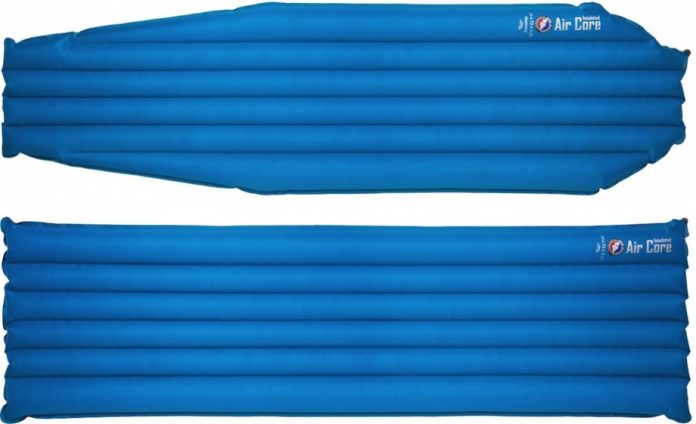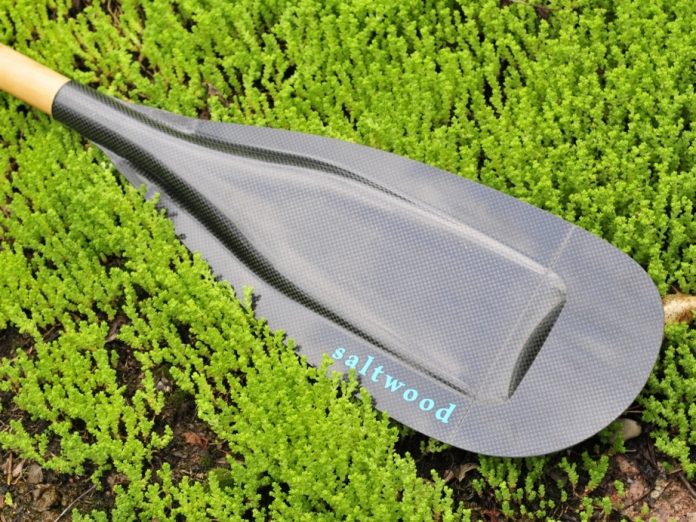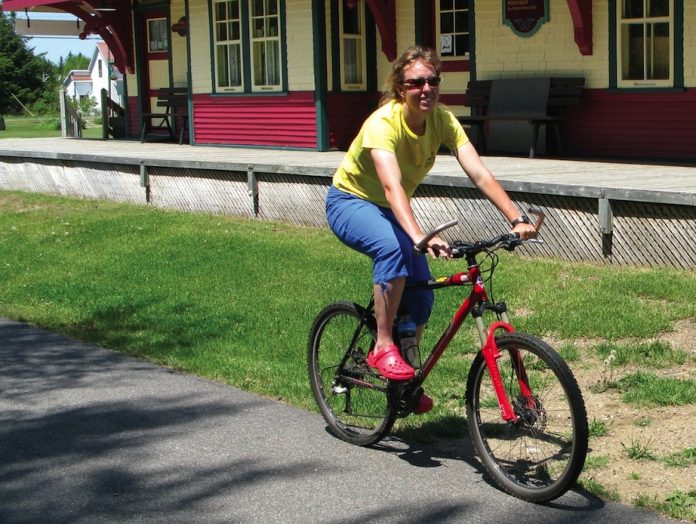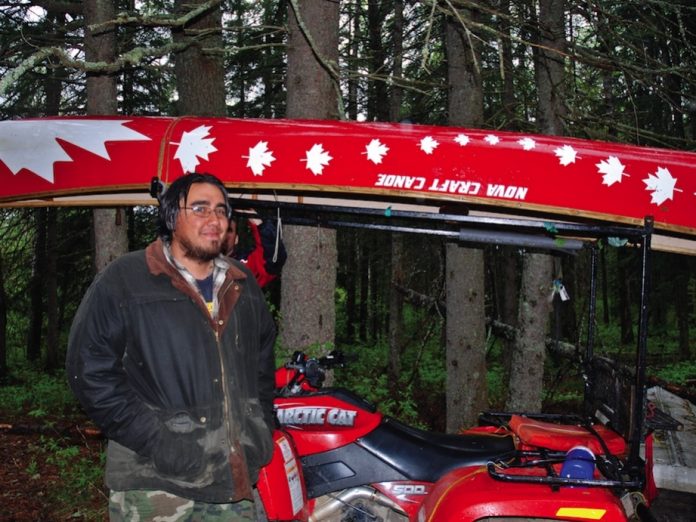As one era of transportation comes to a squealing halt, another is leaving the station under full steam. rail trails—multi-use recreational paths using abandoned railway lines—are ideal for family bicycle rides. Free of traffic worries, rail trails cross a vast breadth of scenery, offering a relaxing excursion into the countryside or an exciting climb through the mountains. Perhaps best of all, you’ll never have to face another hill—most trains can’t handle more than a three percent grade..
Medicine Bow Rail Trail
MEDICINE BOW NATIONAL FOREST, WYOMING
For mountain vistas, wildlife
sightings and solitude—
apart from the moose, mule
deer, elk and pronghorn antelope—southeastern Wyoming’s Medicine
Bow trail is hard to beat. Wending 34 kilometres through Medicine Bow National Forest, the recently completed (in September 2007) gravel path follows the corridor of an early 20th-century rail line that, at 9,050 feet, was the highest elevation standard gauge railway in the country at the time.
For an easy out-and-back ride that’s suitable for the whole family, start near the town of Albany at the Lake Owen trailhead and head south through evergreen and aspen forest mixed with open grassland. Lake Owen’s terrific trout fishing and relaxed 1.6-kilometre loop trail with views of 12,000-foot Medicine Bow Peak are your end-of-the-ride rewards.
WHEN TO GO: Mid-June to October
HOW TO GO: Hybrid mountain bikes are recommended
INFO: www.cyclewyoming.org
Kettle Valley Railway
KELOWNA, B.C.
Constructed in the early
20th-century at an
average cost of $84,500
per kilometre, the 600-
kilometre Kettle Valley
Railway formed a direct
connection between Vancouver and the rich agricultural regions and silver mines of the Okanagan and West Kootenays. Along the way, it passed through an incredible diversity of landscapes, from cool mountain forests to Canada’s only pocket desert in Osoyoos.
If you just have one day, take a spin through Myra Canyon on Okanagan Mountain, south of Kelowna. This spectacular 8.5-kilometre section crosses 18 wooden trestles and steel bridges—including one 220-metre span 55 metres above Pooley Creek—and passes through two tunnels between the Myra and Ruth parking areas. This route was reopened in June 2008 after a five-year restoration following a devastating wildfire in 2003 that destroyed 12 of the 18 trestles.
WHEN TO GO: April to October
HOW TO GO: Suitable for most bikes
INFO: Cycling the Kettle Valley Railway, www.kettlevalleyrailway.ca, Penticton Visitor Centre, 800-663-5052
Discover four more great family biking destinations in the 2009 Late Summer issue of Canoeroots and Family Camping magazine. Read the issue in our free iPad/iPhone/iPod Touch App or Android App or read it online here.



